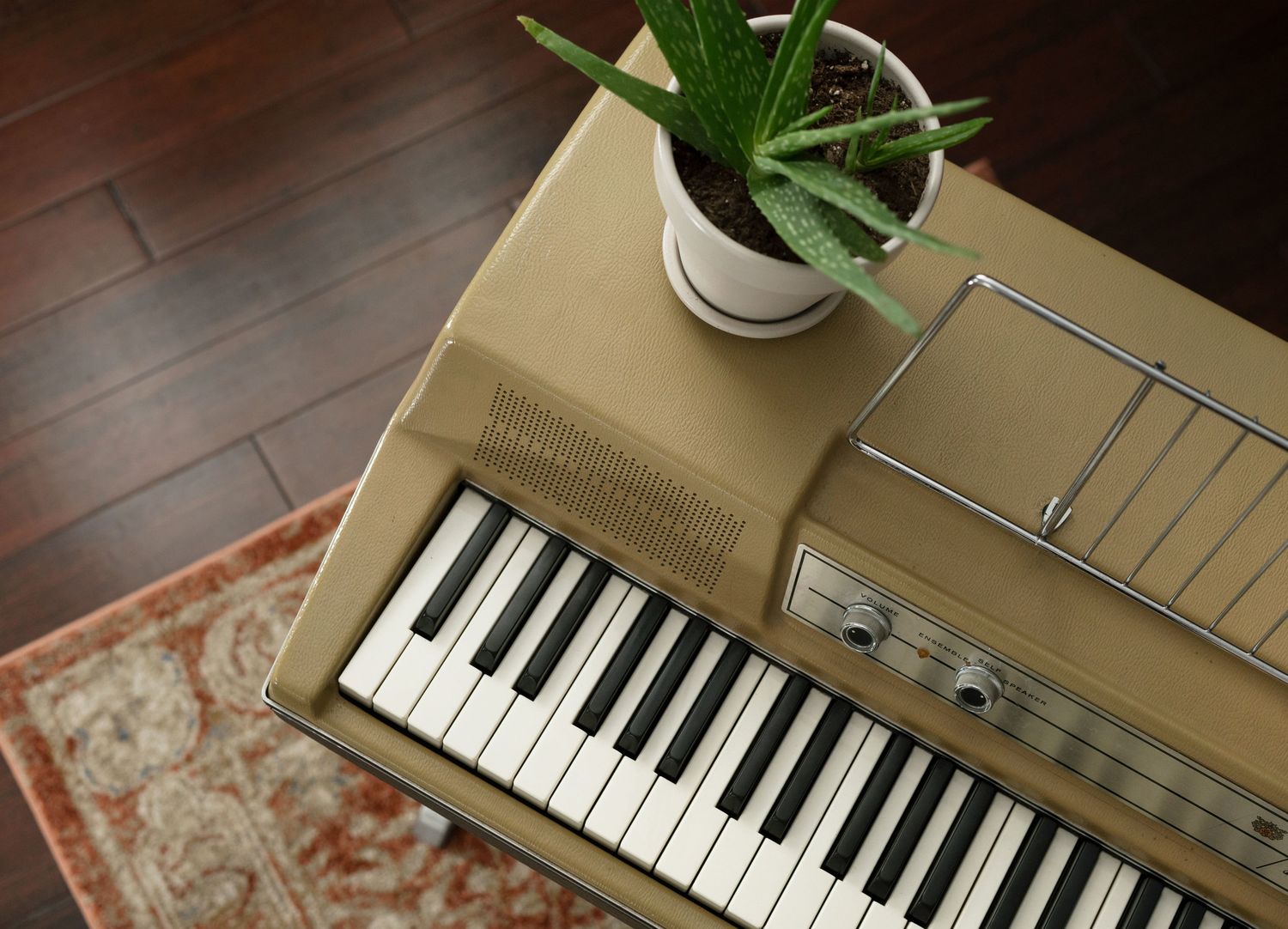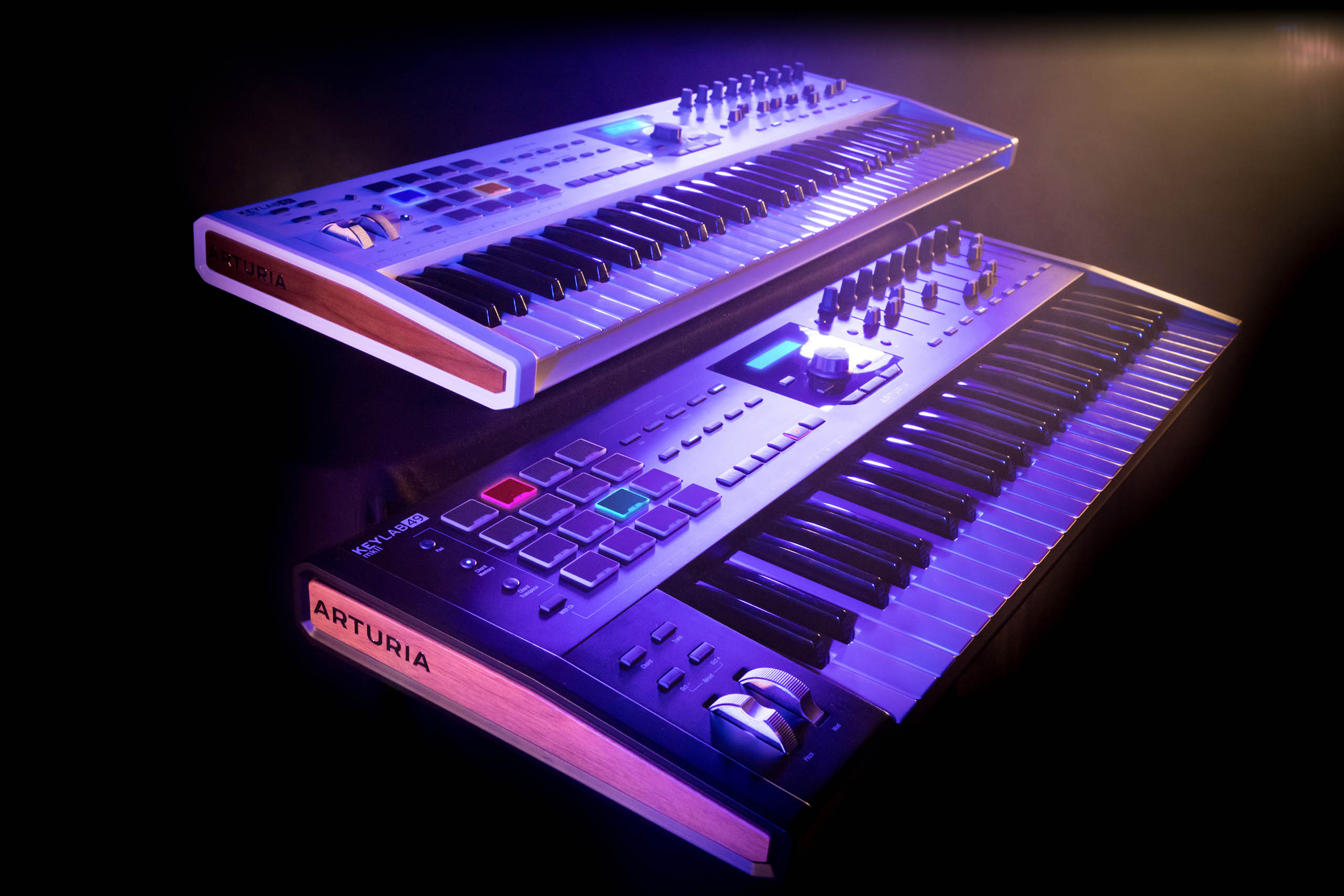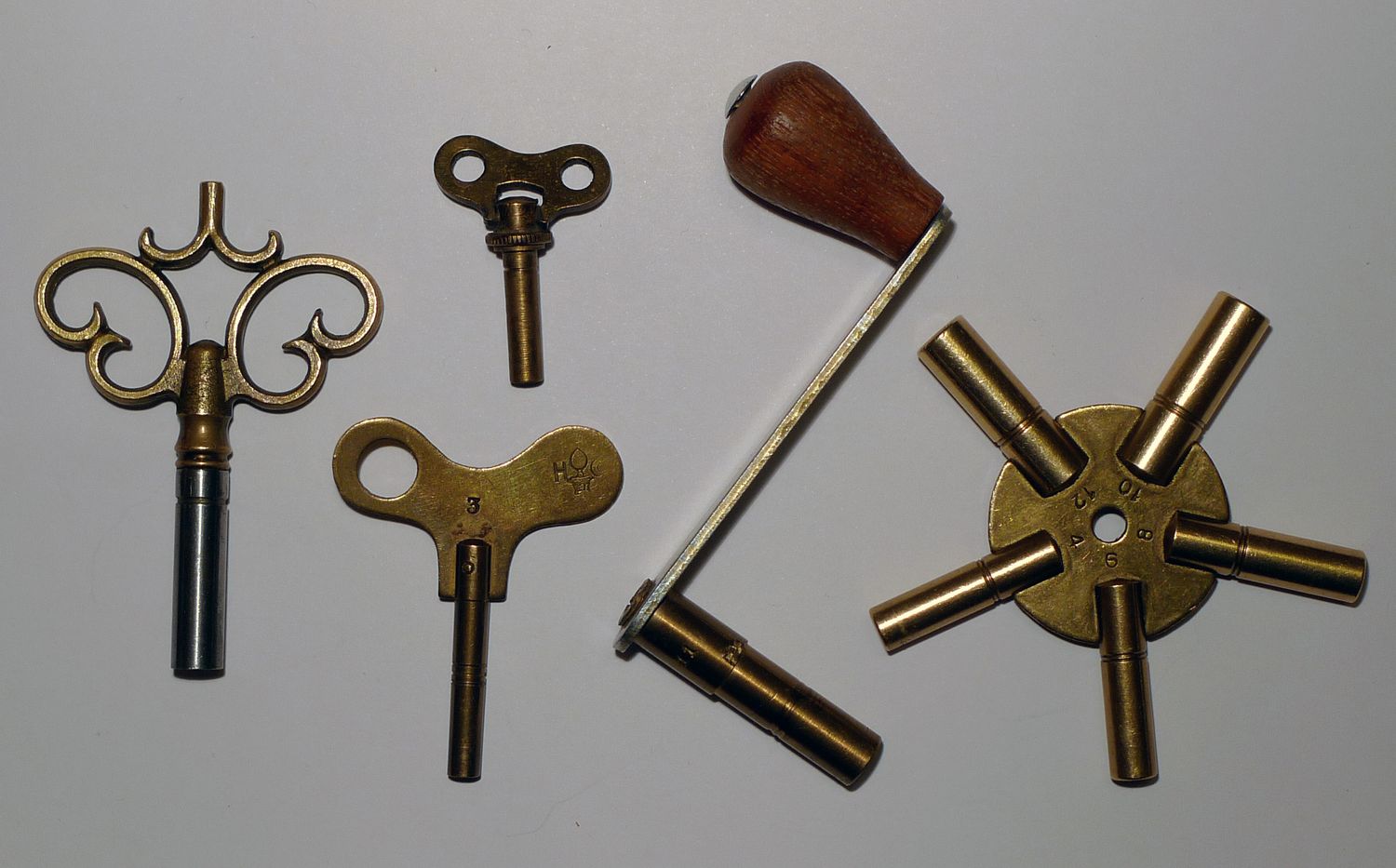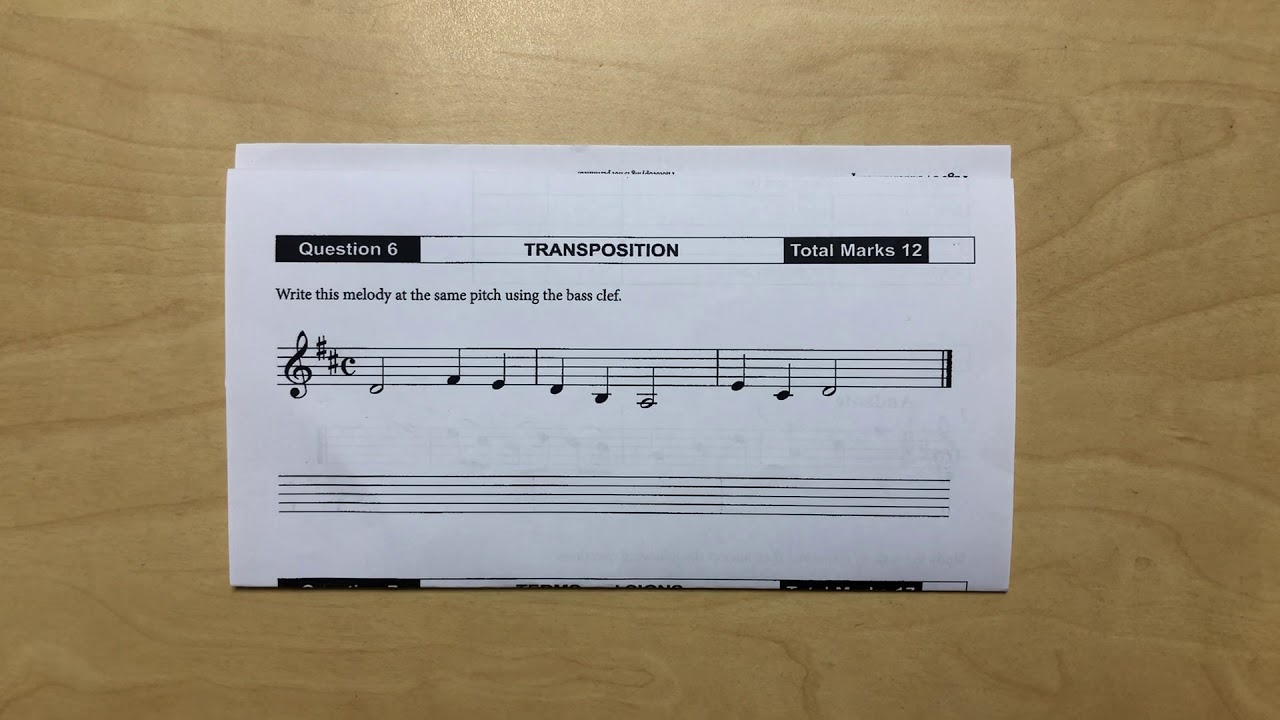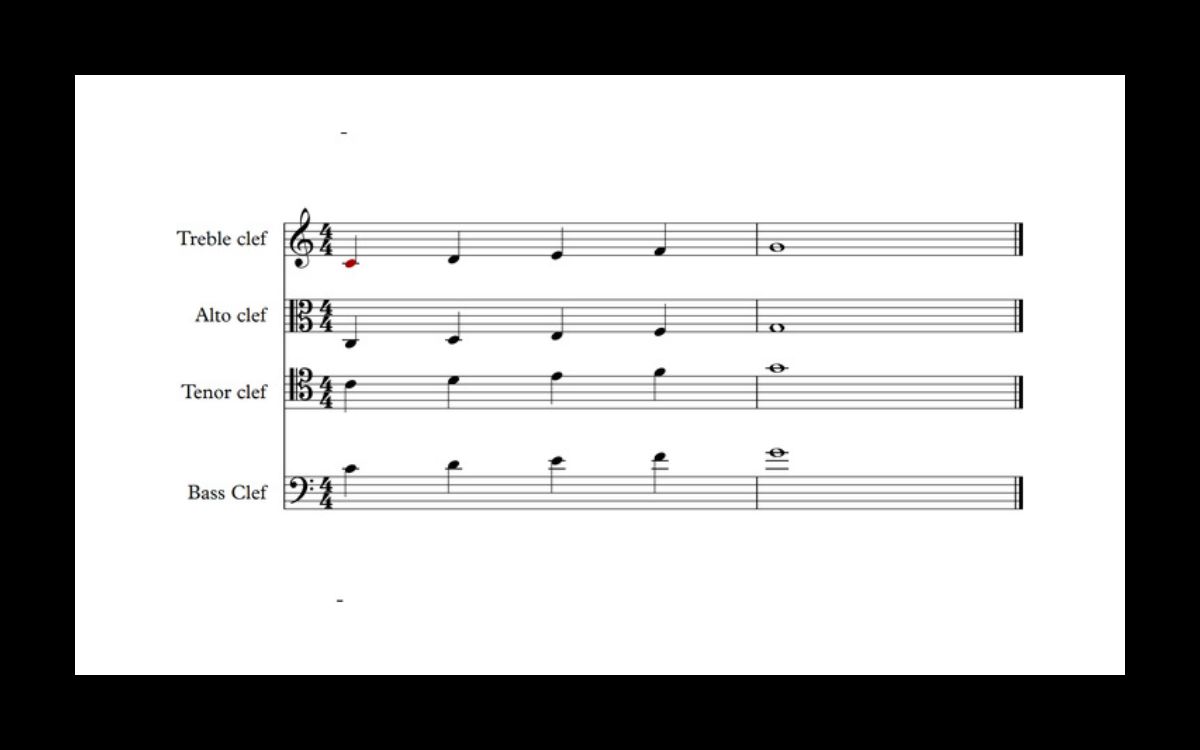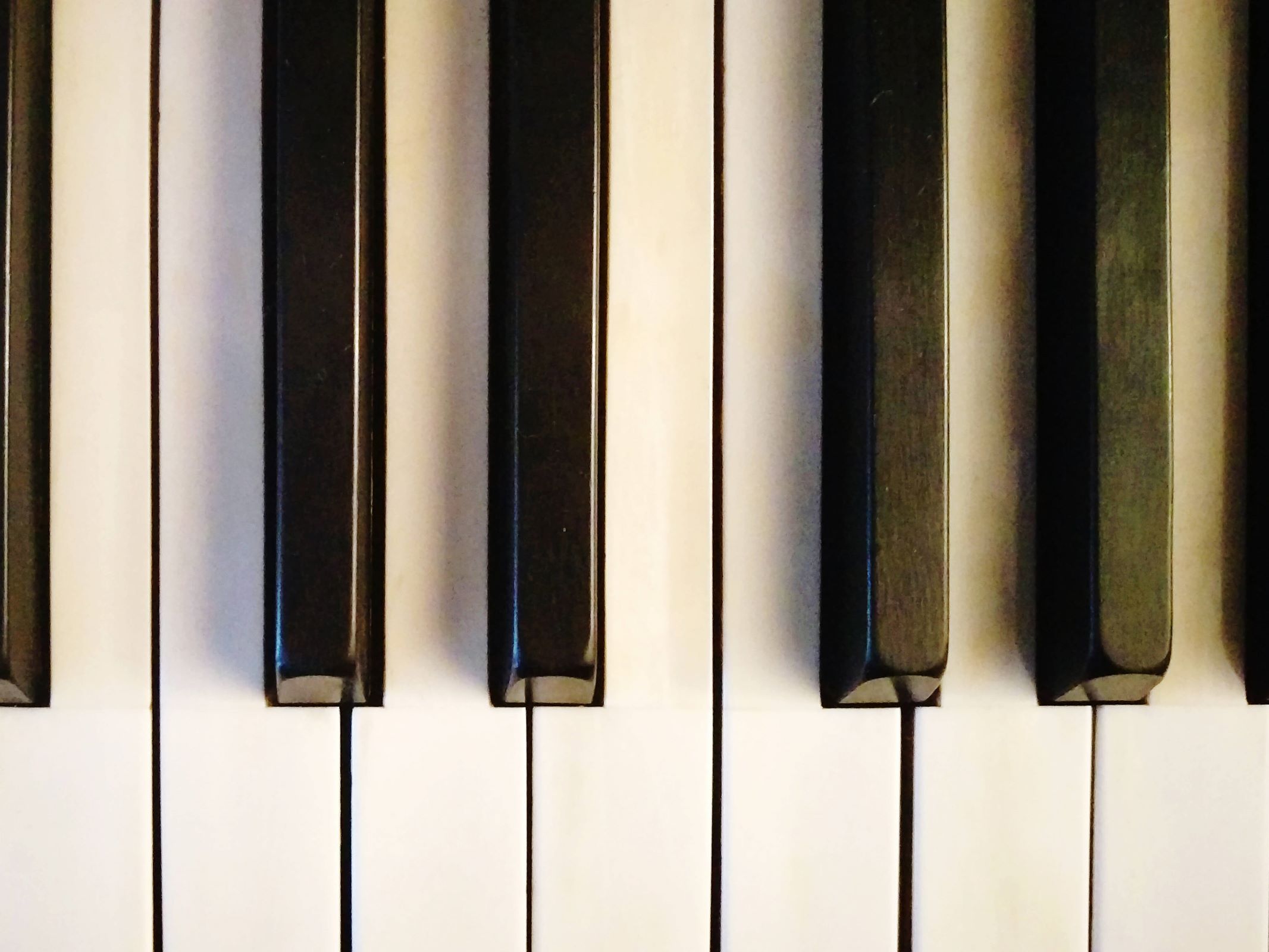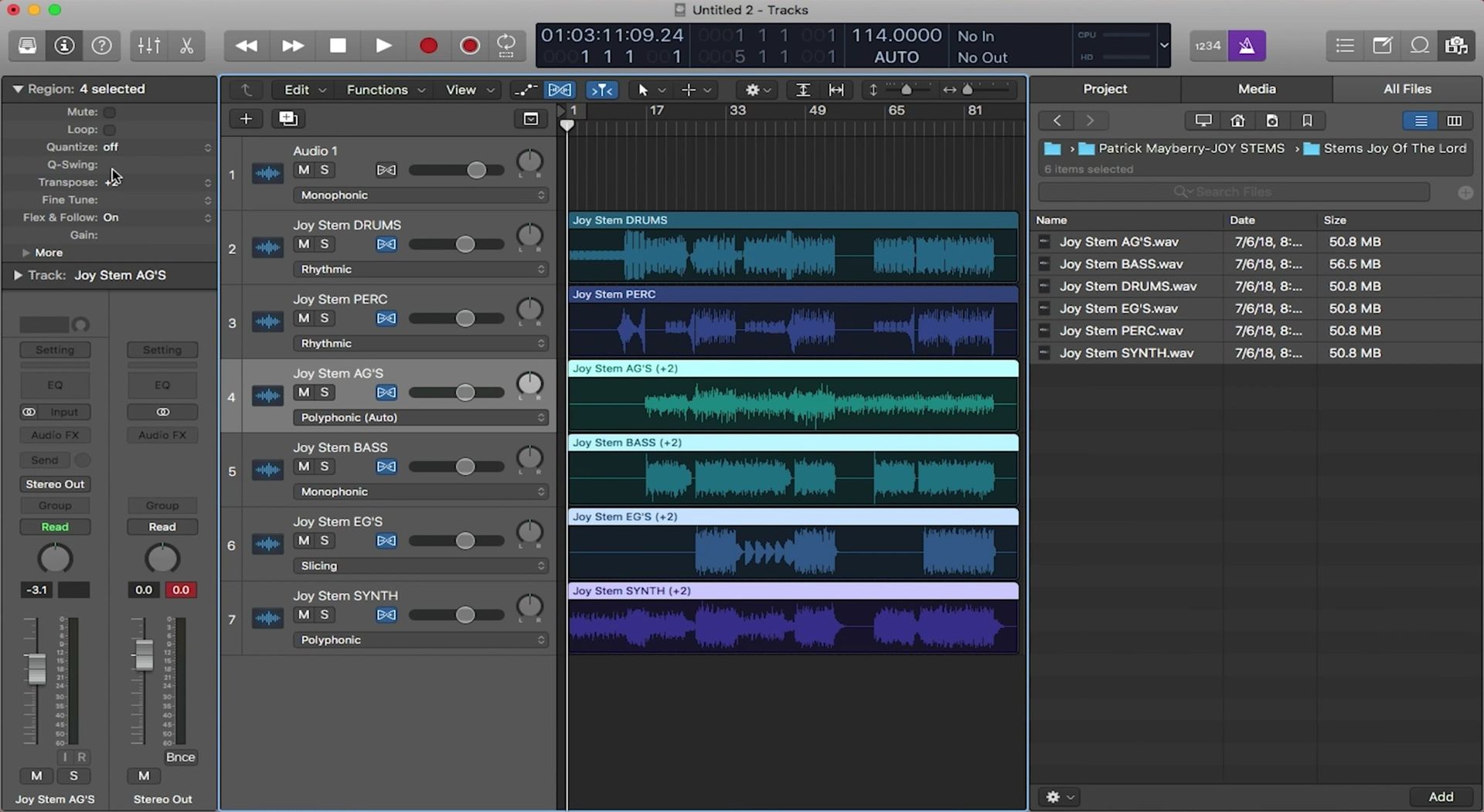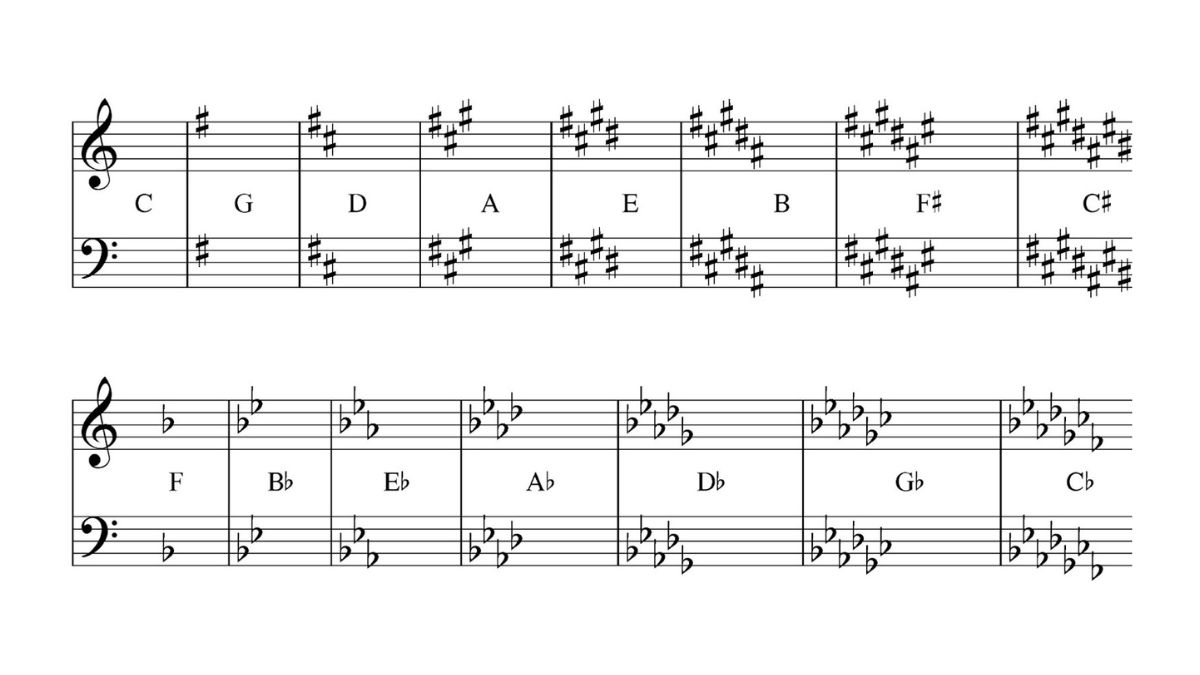Home>Production & Technology>Sheet Music>How To Transpose Sheet Music Into A Different Key
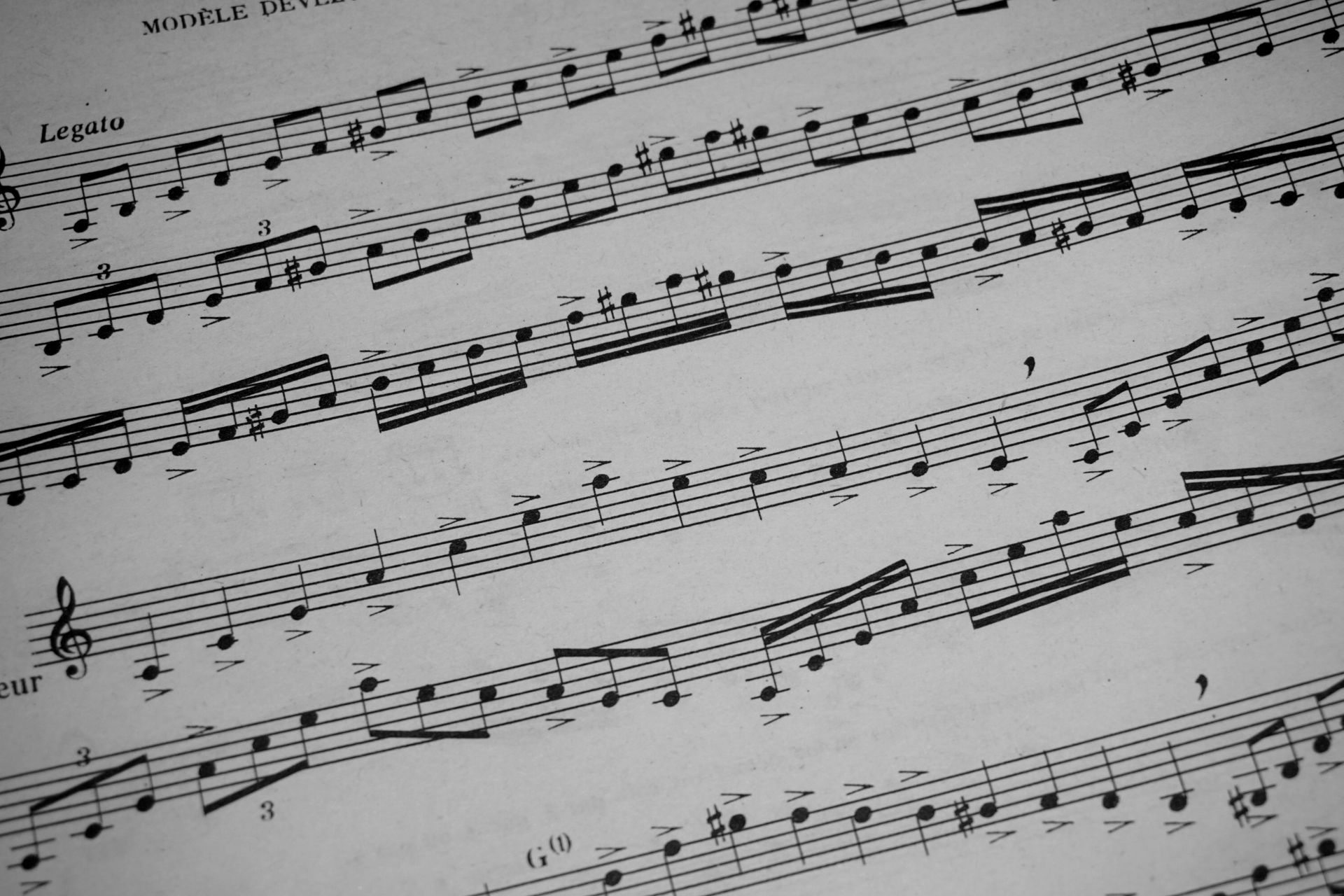

Sheet Music
How To Transpose Sheet Music Into A Different Key
Modified: January 22, 2024
Learn how to transpose sheet music into a different key with ease. Discover essential techniques and tools for modifying your favorite sheet music.
(Many of the links in this article redirect to a specific reviewed product. Your purchase of these products through affiliate links helps to generate commission for AudioLover.com, at no extra cost. Learn more)
Table of Contents
Introduction
In the world of sheet music, transposition is a common practice that allows musicians to change the key of a piece to suit their preferences or the abilities of different instruments. Whether you’re a guitarist, pianist, or vocalist, being able to transpose sheet music opens up a whole new world of possibilities.
Have you ever come across a piece of sheet music that is just slightly out of your vocal range or doesn’t quite fit the chords on your guitar? Transposition is the solution. By understanding the basics of transposing sheet music into a different key, you can adapt any song to best suit your needs.
In this article, we will explore the art of transposing sheet music. We’ll discuss how to choose the new key, transpose the melody, adjust the chords, and even accommodate different instruments. So, whether you’re a beginner or an experienced musician looking to expand your repertoire, let’s dive into the world of transposing sheet music.
But before we get started, it’s important to note that transposing sheet music requires some basic knowledge of music theory and proficiency in reading sheet music. If you’re new to sheet music or need a refresher, it may be helpful to brush up on these skills before diving into transposition.
Now that we’ve set the stage, let’s begin our journey into the fascinating world of transposing sheet music into a different key.
Understanding Transposition
Transposition is the process of changing the key of a piece of music without altering its overall structure or musical characteristics. It is a fundamental skill for musicians, allowing them to adapt music to their vocal range, instrument capabilities, or simply to give a fresh interpretation to a song.
When we talk about transposing sheet music, we are primarily referring to changing the pitch of both the melody and the accompanying chords. The melody is the prominent tune or series of notes that carry the main musical theme, while the chords provide the harmonic framework that supports the melody.
Transposing can be done in two directions: moving the key higher (ascending) or lower (descending). For example, if a piece is originally in the key of C major and you transpose it to the key of G major, you are transposing in an ascending direction. If you transpose it to the key of F major, you are transposing in a descending direction.
It is important to note that when transposing sheet music, it is crucial to maintain the same intervals and relationships between the notes, ensuring that the musical structure remains intact. This means that if the original piece has a major chord progression, the transposed version should also have a major chord progression.
Transposing sheet music requires a solid understanding of key signatures and music scales. Key signatures indicate which notes are sharp or flat in a particular key, and music scales provide the foundation for constructing melodies and chords within a given key. Familiarizing yourself with these concepts will greatly assist in the transposition process.
Ultimately, transposition is a valuable skill that allows musicians to adapt music to their personal style and capabilities. It opens up countless possibilities for creativity and expression, ensuring that no musical limitation stands in the way of bringing a piece to life.
Choosing the New Key
When transposing sheet music, one of the most important considerations is selecting the new key. The key you choose will depend on various factors, including your vocal range, instrument capabilities, or personal preference.
If you’re a vocalist, it’s crucial to choose a key that suits your range comfortably. You don’t want to strain your voice by attempting notes that are too high or too low. Take the time to assess your vocal range and determine the key that allows you to showcase your voice at its best.
For instrumentalists, such as guitarists or pianists, the choice of key may be influenced by technical considerations. Certain keys may be more challenging to play on specific instruments due to the number of accidentals or the position of the notes on the fretboard or keyboard.
Another factor to consider when choosing the new key is the overall feel and mood of the piece. Different keys can evoke different emotions and create a unique atmosphere. For example, shifting a song from a major key to a minor key can completely change the tone and soul of the music.
It’s also worth noting that some instruments have preferred keys. For example, brass instruments are often written in keys like B-flat or E-flat, while string instruments like the violin are commonly played in keys like G or D. Understanding these instrument-specific preferences can help guide your decision-making process.
Ultimately, the key you choose should align with your abilities and preferences as a musician. It should enhance your performance and allow you to connect with the music on a deeper level. Taking the time to consider these factors will ensure a successful and satisfying transposition.
Transposing the Melody
Now that you’ve chosen the new key, it’s time to transpose the melody. The melody is the heart of the music and carries the main theme or tune. Transposing the melody involves moving each note up or down by the same interval to accommodate the new key.
One of the most common methods for transposing the melody is using the concept of intervals. An interval is the distance between two notes, and understanding intervals is crucial for transposing successfully. For example, if you have a melody that starts on the note C and you want to transpose it up a whole step, each note in the melody would be moved up by two steps on the musical scale.
Another method is using transposition charts or guides, which provide a reference for moving each note to the corresponding note in the new key. These charts are helpful for beginners or those who prefer a visual aid in the transposition process.
It’s important to maintain the same intervals between the notes when transposing the melody. This ensures that the melody retains its original melodic structure and relationships between the notes. Pay attention to any accidentals or key signature changes that may occur in the new key, and apply them accordingly to the transposed melody.
While transposing the melody, it’s crucial to listen carefully and play through the transposed version to ensure that it sounds correct and retains the essence of the original piece. Trust your ears and make any necessary adjustments to ensure a smooth and natural flow in the transposed melody.
Remember, transposing the melody may involve note changes that are outside of the original vocal range. If you’re transposing for a vocalist, consider their comfort and adapt the melody accordingly to suit their capabilities. The goal is to create a transposed version that still showcases the main theme and feel of the original song while accommodating the new key.
By following these steps and practicing transposing melodies in different keys, you’ll develop a valuable skill that allows you to expand your musical repertoire and adapt music to your personal style and preferences.
Transposing the Chords
When transposing sheet music, it’s not just the melody that needs adjustment; the chords accompanying the melody also need to be transposed. The chords provide the harmonic structure and support for the melody, so it’s important to transpose them accurately to maintain the overall essence of the song.
The process of transposing chords involves moving each chord to the corresponding chord in the new key. To do this, it’s crucial to understand the relationship between chords and key signatures.
Start by identifying the chord progression in the original key. For example, if the progression is C major – G major – F major, you need to move each of these chords to the corresponding chords in the new key. Let’s say you want to transpose to the key of D major; the new chord progression would become D major – A major – G major.
There are several methods you can use to transpose chords. One common method is using the interval relationships between the chords. For example, if you’re moving the key up by a whole step, you would move each chord up by two steps on the musical scale.
Transposition charts and guides can also be helpful in transposing chords. These charts provide a reference for moving each chord to the appropriate chord in the new key. They often include common chord progressions and their transposed equivalents for different keys.
When transposing chords, you may encounter different chord voicings or variations in the new key. It’s essential to be familiar with various chord shapes and inversions to ensure a smooth transition between the chords. Experiment with different voicings to find the ones that sound best in the new key while staying true to the original chord progression.
As you transpose the chords, pay attention to any modifications needed for accidentals or key signature changes in the new key. If a chord contains a sharp or flat in the original key, apply the same alteration in the transposed chord.
Once you’ve transposed the chords, play through the song and listen carefully to ensure that the chord progression flows smoothly. Adjust any chords as necessary to ensure a harmonically pleasing arrangement in the new key.
Remember, transposing the chords is an integral part of adapting a song to a different key. By accurately transposing the chords, you can maintain the harmonic structure and support for the melody while creating a fresh and exciting version of the original piece.
Adjusting for Instruments
When transposing sheet music, it’s important to consider the unique characteristics and capabilities of different instruments. Not all instruments have the same range or play in the same key, so adjustments may be necessary to ensure a successful transposition.
If you’re transposing for a specific instrument, start by understanding its range and limitations. For example, a guitar has a limited number of frets, so you may need to transpose the sheet music to a key that allows you to play within the instrument’s range comfortably. Likewise, instruments like the flute or clarinet have a specific range of notes, so transposition may be required to keep the music within their playable range.
When transposing for different instruments, it’s important to consider their unique key signatures. Some instruments, like the B-flat trumpet or the E-flat saxophone, are transposing instruments. This means that when they play a written C on the sheet music, it will sound like a B-flat or E-flat, respectively. Take this into account when transposing to ensure that the correct notes are written for the instrument.
Another consideration is the timbre and tonal characteristics of different instruments. Each instrument has its own unique sound, and transposing the sheet music may require adjusting the dynamics, articulation, or even the arrangement to suit the specific instrument’s qualities.
In addition to transposing the melody and chords, you may need to make changes to the accompanying parts, such as bass lines or harmonies, to fit the new instrument. This could involve rearranging or revoicing certain sections of the music to complement the instrument’s capabilities and highlight its strengths.
Don’t be afraid to experiment and make modifications as needed. Consult with experienced musicians who play the instrument you’re transposing for, and seek their advice on any specific adjustments that may enhance the performance and sound of the transposed version.
By considering the specific requirements and characteristics of different instruments, you can ensure that the transposed sheet music not only fits the new key but also suits the capabilities and unique qualities of the instrument, resulting in a seamless and satisfying performance.
Conclusion
Transposing sheet music into a different key is a valuable skill for musicians of all levels and disciplines. It allows for greater flexibility, personalization, and adaptability in performing and interpreting music. By understanding the basics of transposing sheet music, choosing the appropriate key, and accurately transposing the melody and chords, musicians can effectively navigate the process of transposition.
Transposing sheet music offers a myriad of benefits. Vocalists can tailor songs to their vocal range, ensuring optimal comfort and control. Instrumentalists can adjust music to suit the capabilities and limitations of their instruments, broadening their repertoire and exploring new musical possibilities. It also allows for collaboration among musicians playing different instruments, as the sheet music can be transposed to accommodate everyone’s needs.
Throughout the transposition process, it’s important to consider the key signature, intervals, and relationships between notes and chords. Attention to detail and practice are key to ensuring a successful and faithful transposition. Trusting your ears and making adjustments as needed will result in a transposed version that retains the essence of the original piece while fitting seamlessly into the new key.
Ultimately, transposing sheet music provides musicians with the freedom to express their creativity, adapt music to their preferences and abilities, and breathe new life into familiar compositions. It opens up a world of possibilities, allowing for personal interpretation and artistic exploration.
So, whether you’re a vocalist, instrumentalist, or both, don’t be afraid to embrace the art of transposing sheet music. Develop your understanding of key signatures, intervals, and the unique characteristics of different instruments. With practice and a keen ear, you’ll be able to confidently transpose sheet music into any key, unlocking a whole new realm of musical expression.


